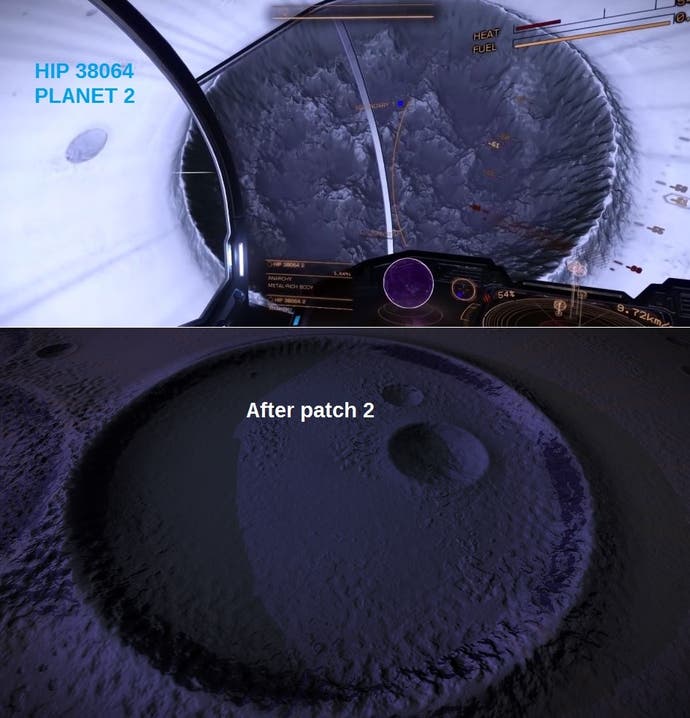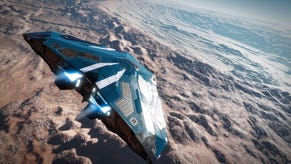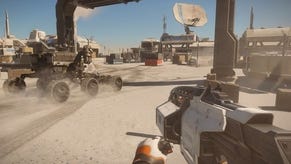Elite Dangerous players now know why the galaxy turned beige
Blame science!
Late 2016, the Elite Dangerous community was left scratching its collective head: the galaxy was turning beige, and no-one seemed to know why.
Elite Dangerous forum user Obsidian Ant uploaded a number of videos showing how planets had changed after the release of patch 2.2. It appeared a vast number of worlds throughout the galaxy were drained of their colour, with greys, whites and greens replaced by variations on the colour brown.
Players came to call this phenomenon "the beigeification of the galaxy".
The Elite Dangerous community, as it often does, got together to investigate. In a forum post, user Mengy launched Elite Expedition: The Search for Colour, its mission: "to boldly go forth into space and find colour in the galaxy again!"
Mengy turned this expedition into a bit of a role-playing exercise:
And so Mengy set off into deep space to survey as many worlds as possible in a bid to compare their appearances and colours.
A week or so later, Obsidian Ant returned with what looked like irrefutable proof of the beigeification of the galaxy, and called on Frontier to explain what had happened.
It turned out it wasn't just colour that had drained out of planets, but geometry, too. Obsidian Ant found evidence to suggest geology on metal worlds had been stripped away, possibly the result of a change in geometry. In short, planets looked a lot less interesting, for some reason.

Yesterday, the Cambridge developer offered an explanation, and it turns out it's all about science.
Executive producer Michael Brookes took to the Elite forum to say the colour change was an unintentional side effect of an attempt by the developers to make planets more realistic.
Here's the post:
Brookes added that Frontier is looking into making the material system more flexible, which would in theory return colour to the galaxy, but it doesn't sound like such a change will arrive any time soon.
Until then, the beigeification of the Elite Dangerous galaxy continues.











